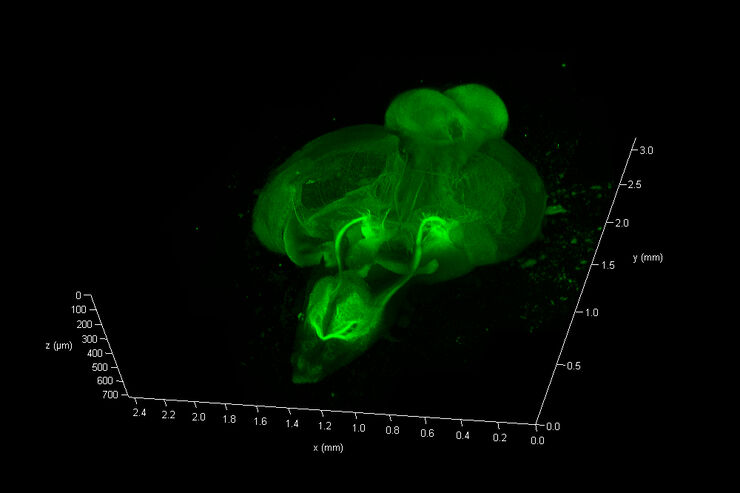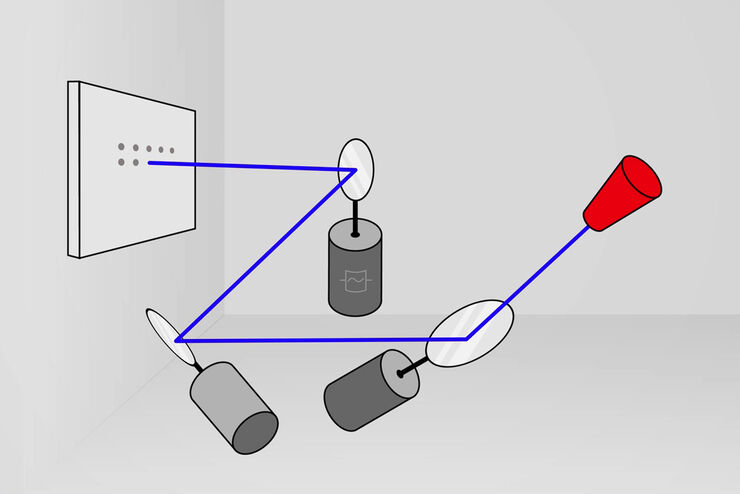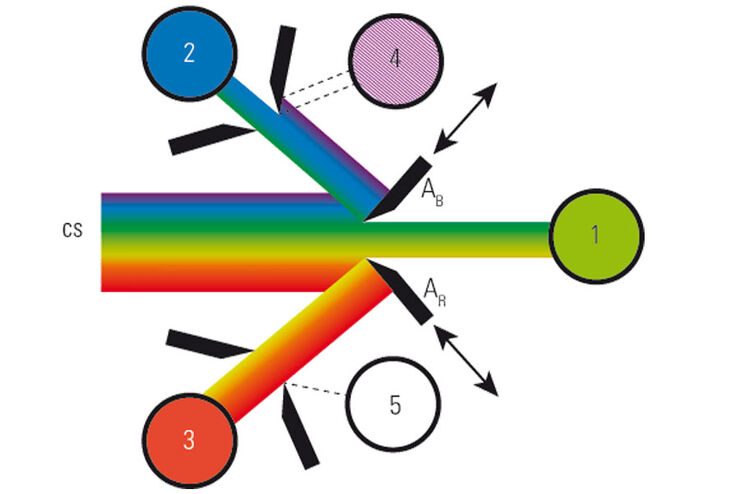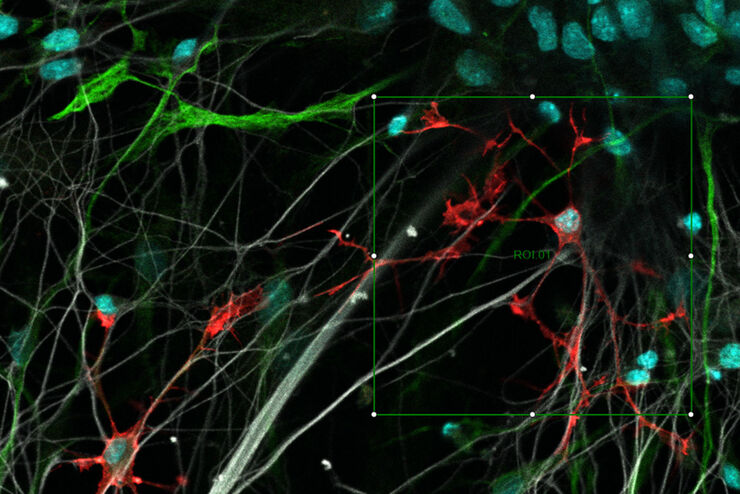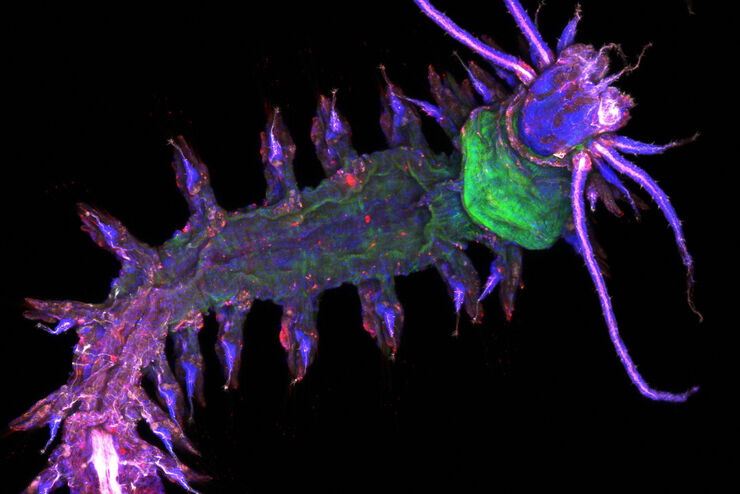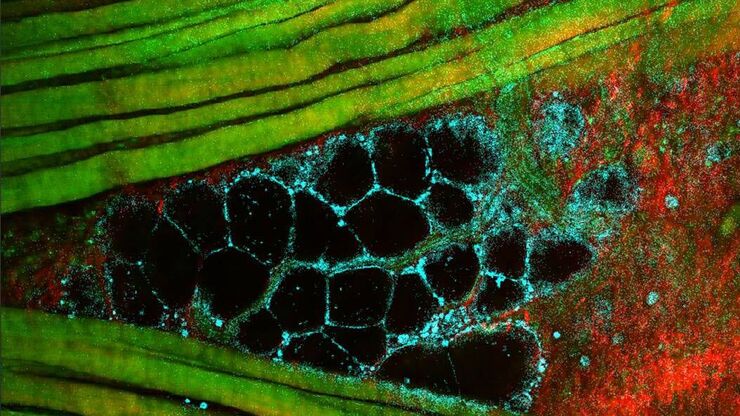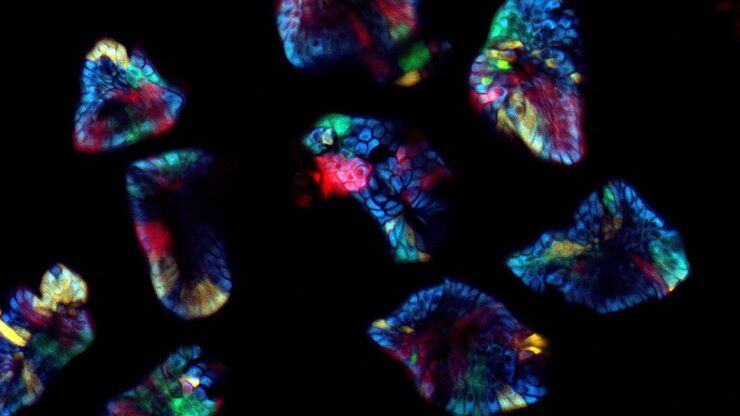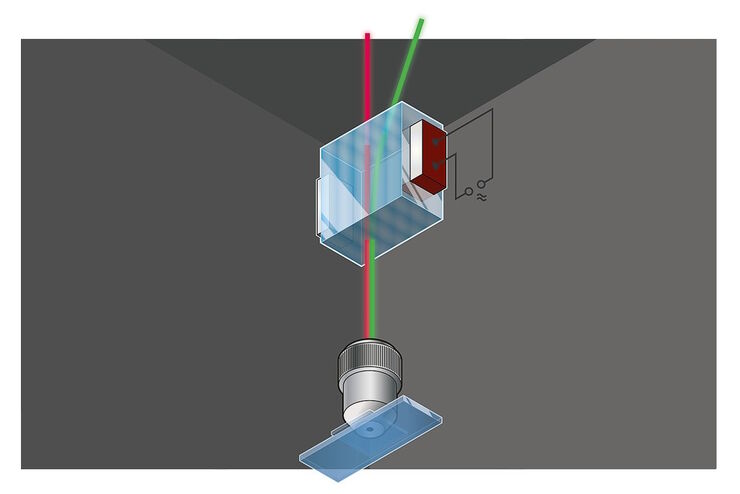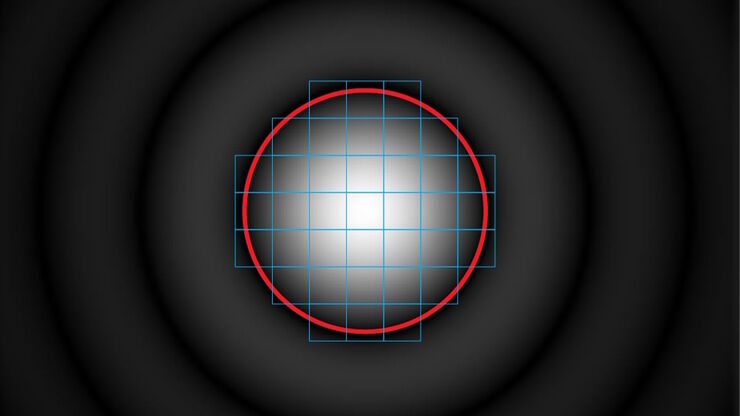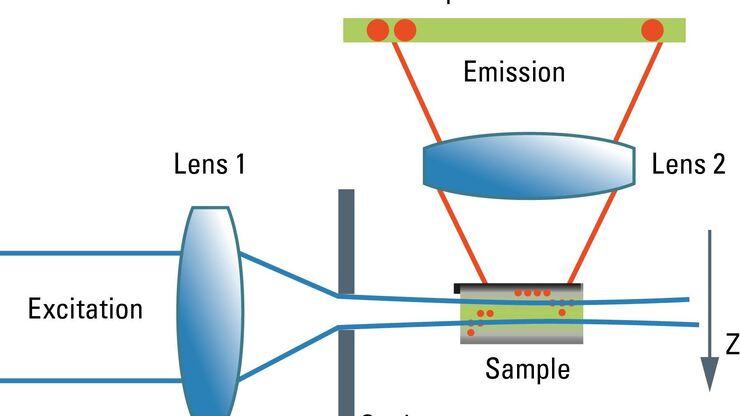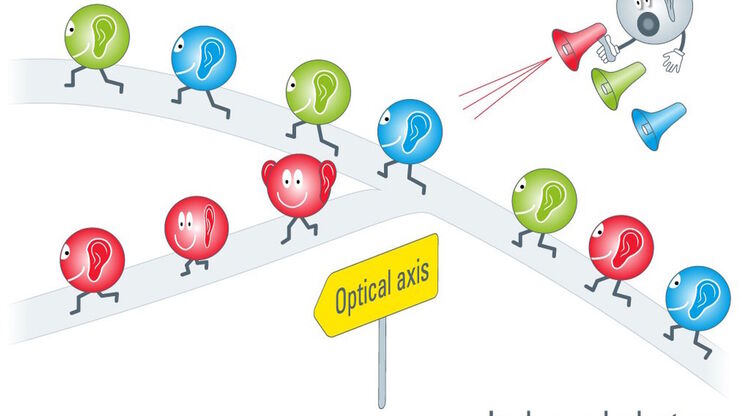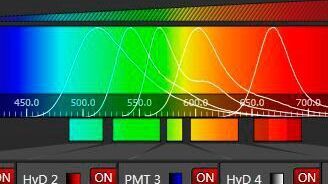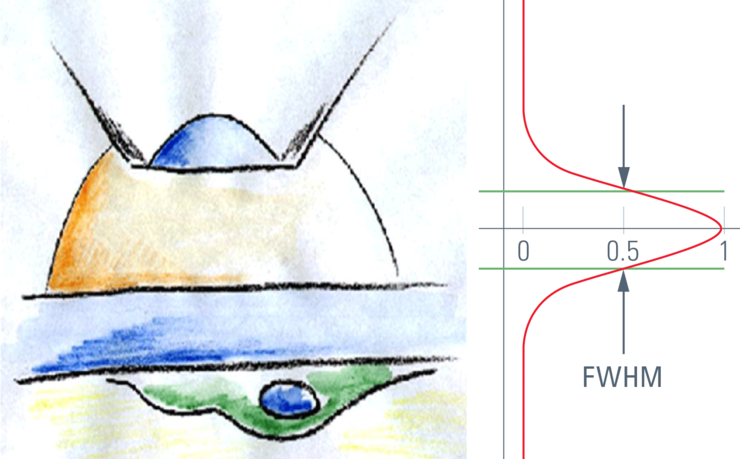Rolf T. Borlinghaus , Dr.

Rolf Borlinghaus was born 1956 in Grötzingen, Germany. After his diploma in Biology he worked on electrogenic steps of the Na/K-ATPase by laser-induced release of ATP from a caged compound at Peter Läuger’s Laboratory in the Biophysics Department, University Konstanz, Germany from where he was promoted to Dr.rer.nat. in 1988. He started working as a Product Manager for research Fluorescence and confocal Microscopes with Carl Zeiss, Oberkochen in 1990 and continued to tackle this challenge at Leica in 1997 (at that time Leica Lasertechnik, Heidelberg). For personal insights, in 2007, Rolf Borlinghaus dispensed his managerial responsibilities and is now supporting the confocal marketing group as senior scientist in a half-time position. The other half is dedicated to relations, food and botany.
Springer publications:
2017 Die Lichtblattmikroskopie (DE)
2017 The White Confocal (EN)
2016 Konfokale Mikroskopie in Weiß (DE)
2016 Unbegrenzte Lichtmikroskopie (DE)
Rolf Borlinghaus retired in December 2020.
After learning in May 2021 that Rolf has died, his colleagues would like to express their gratitude and appreciation for his numerous years of dedication to Leica Microsystems and its customers. He will be remembered for his many contributions to the field of microscopy which were published on Science Lab and in scientific journals and books.


